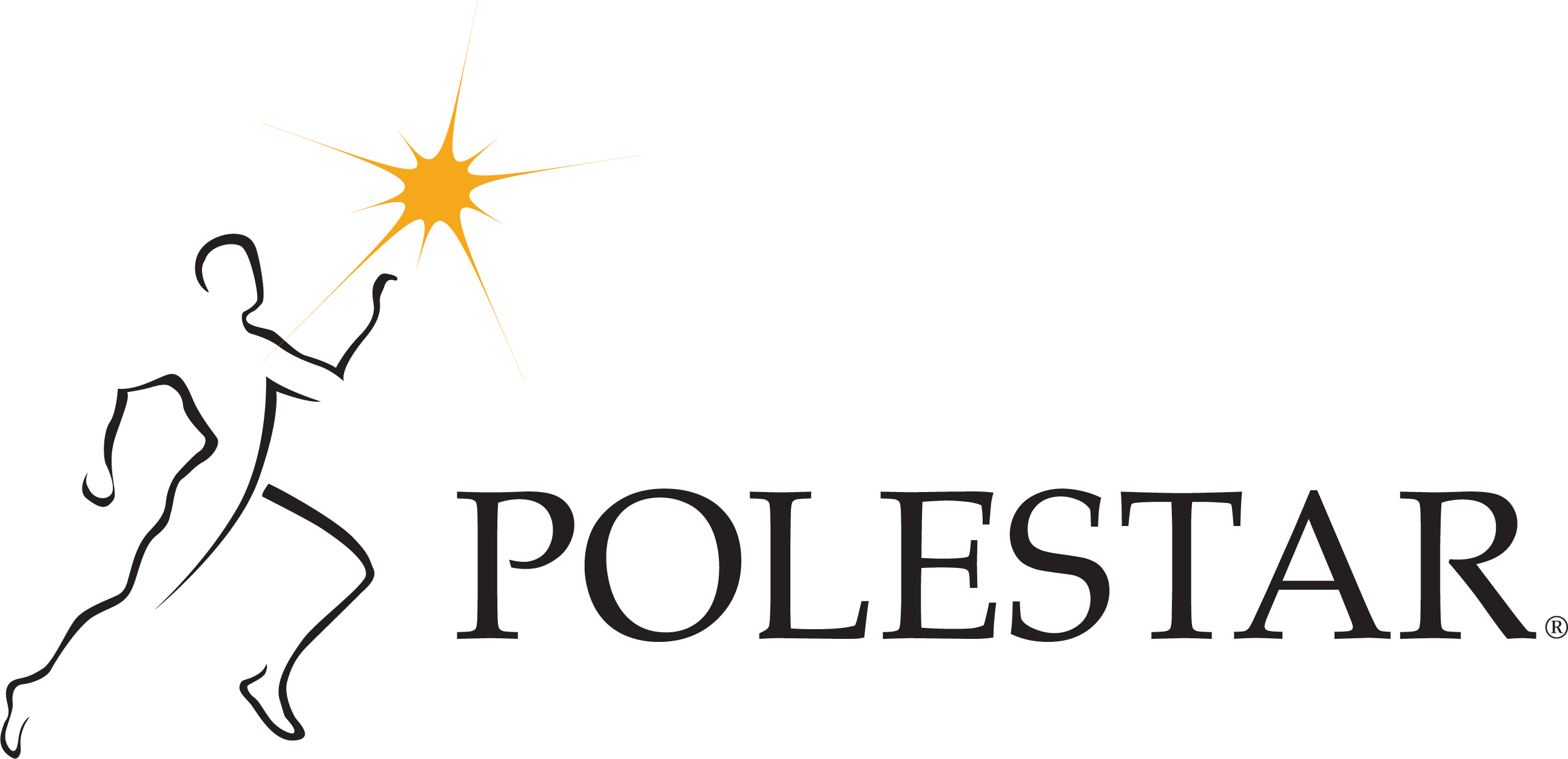
By: Ana Bolt Turrall
Pilates has long been a transformative practice for dancers, and I can personally attest to its impact! This method offers a unique blend of strength, flexibility, body awareness, and an understanding of body mechanics that traditional dance training often lacks. Cross-training with Pilates not only enhances performance but also protects dancers from common injuries. Below, I will share a few examples of the benefits Pilates offers dancers.
Enhanced Core Strength and Stability
One of the fundamental principles of Pilates is ‘Movement Integration,’ which is essential for building overall strength. This principle emphasizes the cohesive movement of the body throughout space with precision. Equipment like the reformer and other versatile apparatuses offer a wide range of exercises that involve pushing and pulling through resistance and assistance, guiding the body through different planes of motion. For dancers, strengthening this principle is essential for maintaining dynamic balance, executing precise movements, and performing complex choreography with ease.
Note: one important area where dancers can see improvement through Pilates, as I did when I first discovered it, is in proper breathing techniques and understanding the role of a neutral spine in effective external and internal rotation. Pilates exercises target these areas to balance the deep foundational muscles essential for strong technique, particularly the core muscles of the trunk. Mastering this will help dancers develop the stability needed for improved control and fluidity, enhancing their technical abilities. This core-centric approach ensures that dancers can sustain their performances with grace and power, reducing the strain on other parts of the body.
Injury Prevention and Rehabilitation
The repetitive nature of dance movements often leads to overuse injuries, particularly in the hips, knees, and ankles. Pilates addresses these vulnerabilities by promoting balanced muscle development and joint stability through resistance and load. Equipment like the Cadillac helps in aligning the body correctly, strengthening the muscles around vulnerable joints, and enhancing overall flexibility. Pilates mat work can also help improve overall body strength and address weaknesses without equipment. This not only helps in preventing injuries but also provides a structured method for rehabilitation, allowing dancers to recover more quickly and return to their practice with renewed strength.
Improved Flexibility and Range of Motion
Flexibility is a cornerstone of dance, and Pilates excels in enhancing it through controlled, precise movements that stretch and lengthen muscles. Sometimes, working with dancers, I have had to work in smaller ranges of motion to maintain the strength required for on-demand muscle reaction, instead of working with their available ambit. Unlike static stretching, Pilates promotes dynamic flexibility, which is more applicable to dance. Dancers often find that Pilates helps them achieve greater extension, higher jumps, and more fluid movements. This improved range of motion allows dancers to explore new dimensions in their performances, making their routines more captivating and expressive.
Increased Body Awareness and Alignment
Pilates fosters a heightened sense of body awareness, which is crucial for alignment in motion for dancers to maintain performance and prevent injury. Dancers who practice Pilates often report a stronger connection between their mind and body, enabling them to execute movements with greater precision and confidence.
As an older dancer myself, I have benefited from the Pilates method well into my adult life. At 55 years old, I still have music left to play! Pilates has allowed me to evolve as a dancer, maintaining my passion and physical practice. My goal is to inspire others like me to not forget the beauty of movement and to express it, proving that age is no barrier to the joy and language that dance brings. Incorporating Pilates into dance training enhances a dancer’s physical capabilities and enriches their overall artistry. By building strength, preventing injuries, and preserving the body, Pilates empowers dancers to reach their full potential and sustain long, healthy careers in the demanding world of dance.
About the Author
Ana Bolt Turrall is a movement educator and artist whose journey spans continents and disciplines. Originally from Nicaragua, Ana’s life has been shaped by experiences in Spain, Honduras, Canada and the U.S., where she now channels her passion for movement, faith, and education into inspiring others. As an adjunct professor at FSCJ, she teaches Humanities for the performing arts, blending dance, fitness, Pilates, and holistic well-being. Through her brand, The Bolt Movement, Ana empowers people of all ages to embrace healthy movement and creativity. With certifications from Polestar® Pilates and as a nationally certified Pilates instructor (NCPT®), her expertise is supported by continuous learning, including a Master’s in Fine Arts and studies in advanced movement methodologies.
Beyond the studio, Ana’s influence extends to artistic collaborations, performances at events like the Theology of the Body Congress, and the creation of works such as “The Vessels of Grace & The Graces of Aging.” She is committed to serving others through children’s dance programs and movement programs for survivors of domestic abuse. Recognized with numerous awards, including Teacher of the Year and Hispanic Artist of the Year, Ana’s legacy is defined by her compassion, creativity, and dedication to using movement as a means of transformation and healing.
Follow Ana on Instagram here and read more about The Bolt Movement here.




